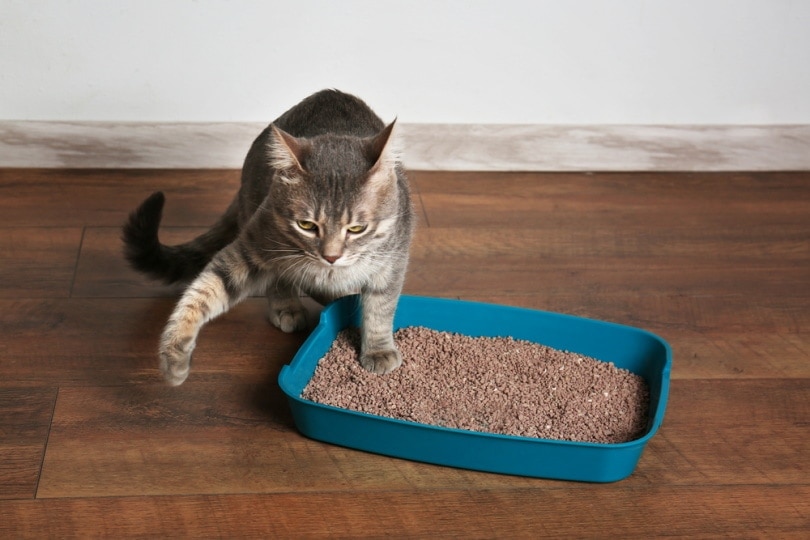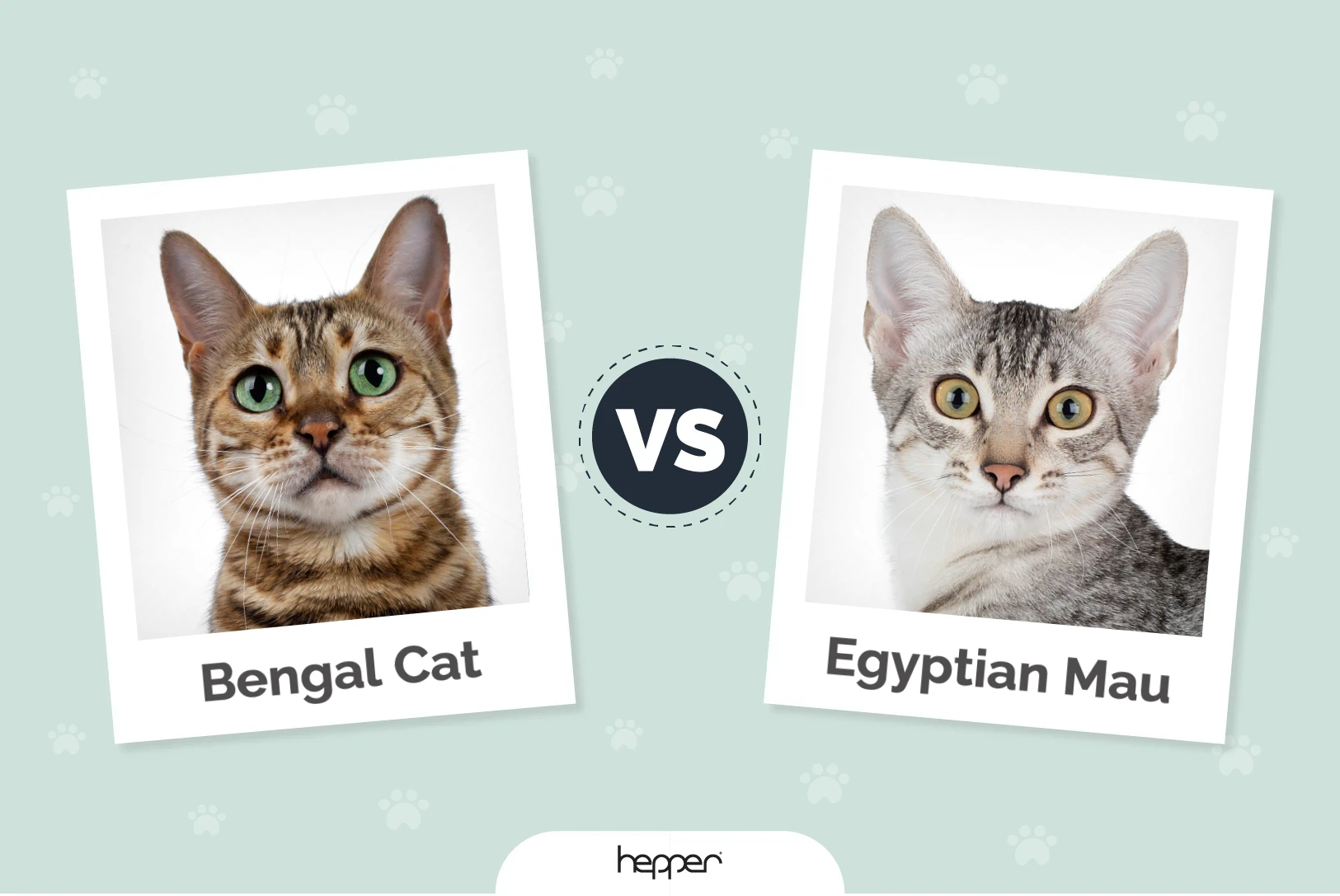The 8 Oldest Cat Breeds That Are Still in Existence Today

Updated on
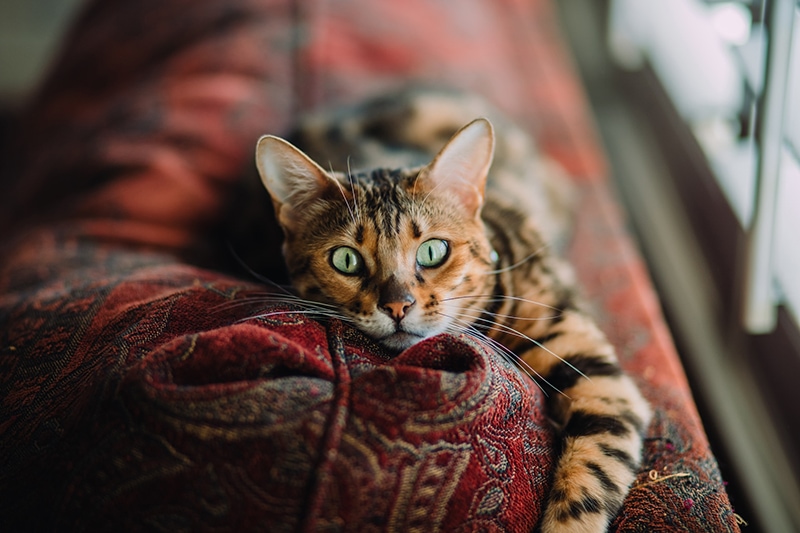
Cats have been our companions for thousands of years, and their domestication can be traced back to ancient civilizations like Egypt and Mesopotamia. Over time, these feline friends have evolved into various breeds, each with its own unique characteristics and history. In this listicle, we will explore eight of the oldest cat breeds that are still in existence today, delving into their fascinating pasts and the traits that make them stand out.
The 8 Oldest Cat Breeds in Existence
1. Egyptian Mau
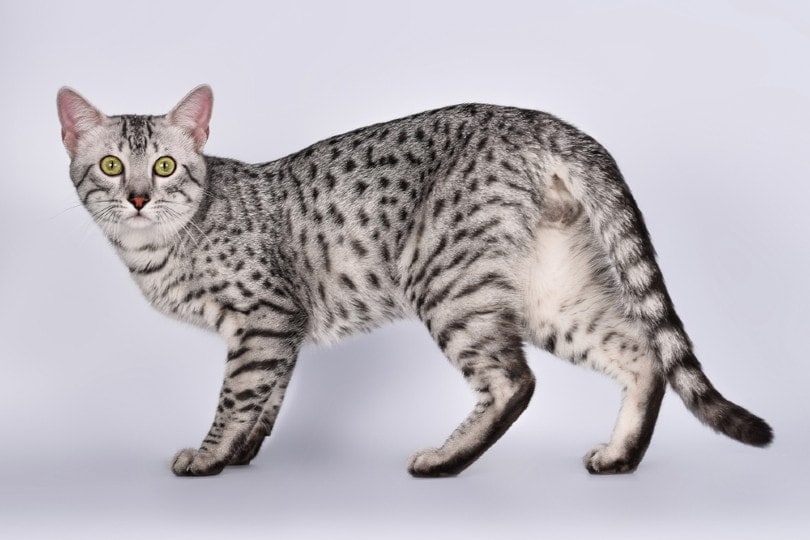
With a history dating back over 4,000 years, the Egyptian Mau holds a special place as one of the most ancient cat breeds. Esteemed by ancient Egyptians as symbols of grace and beauty, these cats were considered sacred animals, believed to bring protection and good fortune to their owners. Egyptian Maus were often depicted in ancient tombs and artifacts, showcasing their revered status in Egyptian culture. They were even mummified alongside their owners, signifying their importance in the afterlife.
Egyptian Maus boast short-haired coats adorned with randomly distributed spots, setting them apart as the only naturally occurring spotted breed. Their large gooseberry-green eyes exude intelligence and curiosity, while their muscular bodies and long hind legs make them excellent jumpers.
Despite their regal and somewhat wild appearance, Egyptian Maus are known to be affectionate, loyal, and gentle companions. They form strong bonds with their human families and enjoy engaging in interactive play. While they can be somewhat reserved around strangers, they are generally sociable animals that thrive on attention and love.
| Age: | Over 4,000 years old |
| Rarity: | Moderate |
| Cost: | $500–$1,200 |
| Temperament: | Athletic, agile, strong hunting instinct |
| Stand-Out Features: | Only naturally occurring spotted domestic cat breed, large gooseberry-green eyes |
2. Siamese

Hailing from Thailand, formerly known as Siam, Siamese cats have a rich history spanning over 1,000 years. Valued in ancient Thai culture, they were associated with royalty and spiritual figures, even believed to protect temples and bring good fortune. Siamese cats were first introduced to the Western world during the 19th century when they were gifted to diplomats and high-ranking officials. Their elegant appearance and distinct personalities quickly gained them popularity among cat fanciers, leading to their widespread adoption and breeding.
Siamese cats are renowned for their sleek, slender bodies and almond-shaped blue eyes. Their short coats feature striking color points on their ears, face, paws, and tail, distinguishing them from other breeds.
Siamese cats are known for their outgoing, sociable nature and strong attachment to their human companions. They are highly vocal animals that love to engage in conversation, making them ideal pets for those who appreciate a chatty feline friend. While they can be somewhat demanding at times, their affectionate and loyal personalities make them endearing companions.
| Age: | Over 1,000 years old |
| Rarity: | Common |
| Cost: | $250–$1,000 |
| Temperament: | Highly vocal, intelligent, social |
| Stand-Out Features: | Sleek, slender bodies, almond-shaped blue eyes, striking color points on ears, face, paws, and tail |
3. Persian
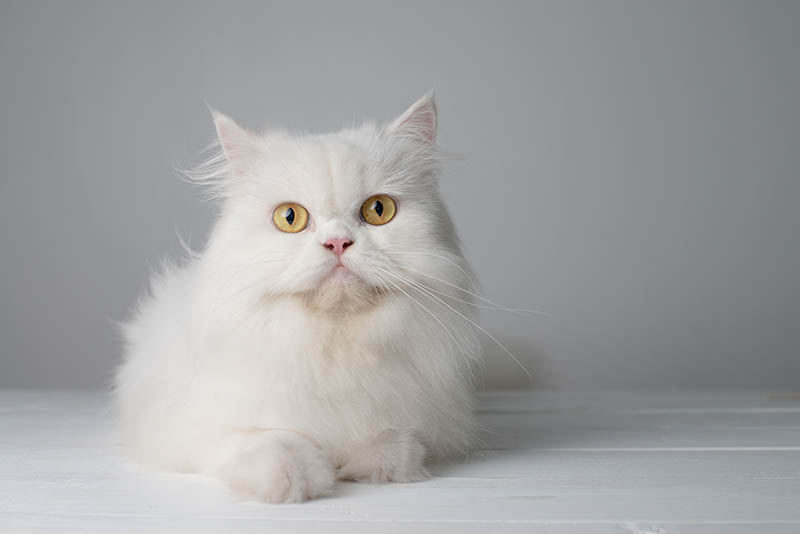
Originating from modern-day Iran, Persian cats have roots dating back to the 1600s. These luxurious felines were adored by European nobility and often featured in art and literature throughout history, symbolizing wealth and sophistication. Persians first arrived in Europe during the 17th century, brought by traders and explorers who were captivated by their exotic beauty. Their popularity continued to grow, especially during the Victorian era when they became a symbol of status and refinement among the upper class.
Persians are famous for their long, flowing coats and flat faces, which give them a distinctive, sweet expression. Despite their regal appearance, they are gentle and affectionate companions.
Persian cats are not particularly athletic, but they have an innate curiosity and enjoy exploring their surroundings at a leisurely pace. Their laid-back nature makes them well-suited to indoor living and a perfect fit for those seeking a calm, loving companion.
| Age: | Over 400 years |
| Rarity: | Common |
| Cost: | $800–$5,000 |
| Temperament: | Gentle, affectionate, prefers quiet environment |
| Stand-Out Features: | Luxurious long coats, expressive eyes, flat faces |
4. Turkish Angora
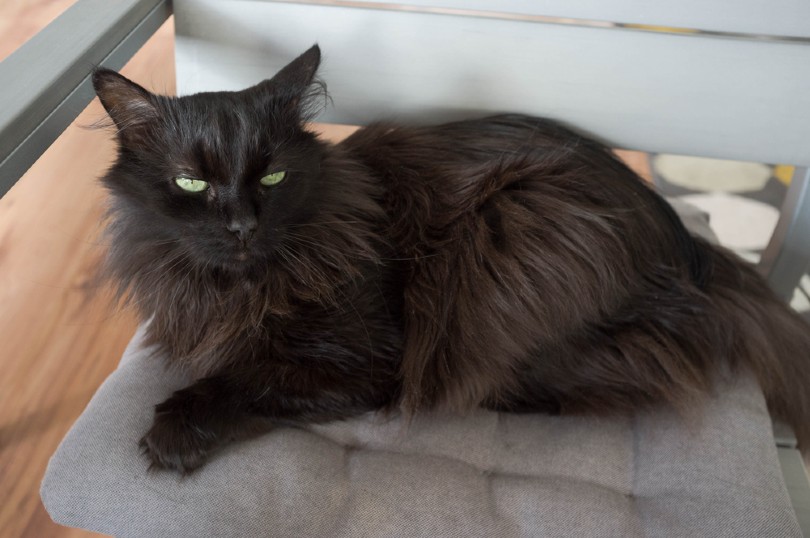
Believed to be one of the oldest natural cat breeds, the Turkish Angora comes from the Ankara region of Turkey. These elegant felines were historically associated with royalty and high society, often serving as treasured companions in noble households. The Turkish Angora is considered a national treasure in Turkey and has been carefully preserved and protected over the centuries. In the early 20th century, the breed faced near extinction due to crossbreeding, but dedicated efforts by Turkish breeders and zoos helped revive its population and maintain its purity.
Turkish Angoras are known for their silky, medium-length coats and plume-like tails. Their large, almond-shaped eyes can be blue, green, amber, or even odd-colored, making them truly unique.
Turkish Angoras are athletic and agile, making them excellent climbers and hunters. They have a strong sense of curiosity and love to explore their surroundings, making them well-suited for both indoor and outdoor living.
| Age: | Unknown, ancient natural breed |
| Rarity: | Moderate |
| Cost: | $600–$1,200 |
| Temperament: | Intelligent, playful, assertive when seeking attention |
| Stand-Out Features: | Silky, medium-length coats, plume-like tails, large almond-shaped eyes (can be odd-colored) |
5. Abyssinian
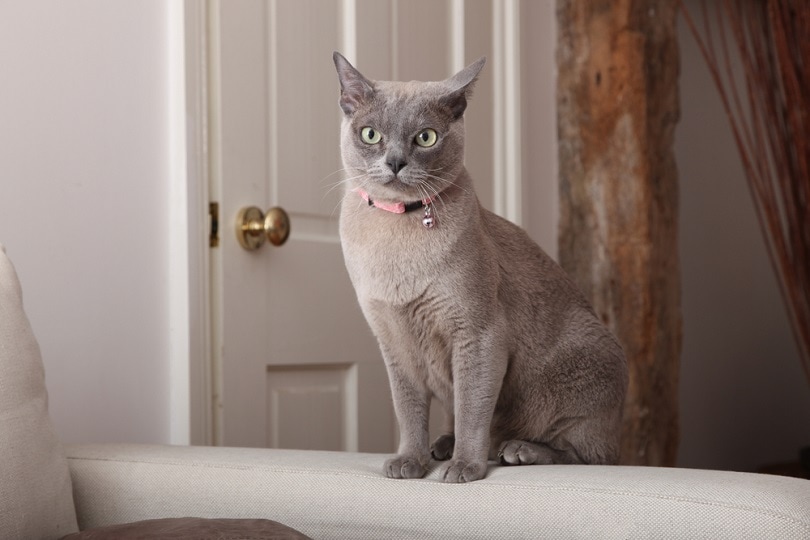
Though their exact origins are debated, Abyssinian cats might have originated in ancient Egypt or Ethiopia. They have a distinctive appearance that resembles the sacred cats depicted in ancient Egyptian art. The breed’s history is shrouded in mystery, with some theories suggesting that British soldiers brought them back from Abyssinia (now Ethiopia) during the 19th century. Regardless of their origins, the Abyssinian has become a popular breed worldwide due to its striking appearance and engaging personality.
Abyssinians are famous for their short, ticked coats, giving them a wild, cougar-like appearance. Their large, almond-shaped eyes convey intelligence and curiosity, while their lithe, muscular bodies make them agile and athletic.
Abyssinians are known for being highly social, intelligent, and affectionate companions. They form strong bonds with their human families and enjoy engaging in interactive play. While they can be somewhat independent, they thrive on attention and love from their owners.
| Age: | Unknown, ancient origins |
| Rarity: | Common |
| Cost: | $500–$1,200 |
| Temperament: | Highly active, intelligent, social |
| Stand-Out Features: | Short, ticked coats (wild, cougar-like appearance) |
6. Chartreux

With a rich history dating back over 1,000 years, Chartreux cats come from France. Often associated with French monastic life, they were thought to have lived alongside Carthusian monks who valued their companionship and hunting abilities. The breed’s exact origins remain unclear, but it is believed that they arrived in France during the Crusades, brought by knights returning from the Middle East. Over the centuries, Chartreux cats became well-established in French culture, even inspiring works by renowned authors like Colette and Charles Baudelaire.
Chartreux cats are known for their round, copper-colored eyes and blue-gray coats. Their solid, muscular build makes them strong and agile, yet they maintain an air of elegance and grace.
Chartreux cats have a natural hunting instinct and enjoy engaging in play that mimics these behaviors. Despite their hunting prowess, they are well-suited to indoor living and adapt well to various environments. Their calm demeanor makes them excellent companions for families and individuals alike.
| Age: | Over 1,000 years old |
| Rarity: | Rare |
| Cost: | $1,000–$1,500 |
| Temperament: | Gentle, quiet nature, strong bond with human companions |
| Stand-Out Features: | Round, copper-colored eyes, blue-gray coats, solid muscular build |
7. Maine Coon
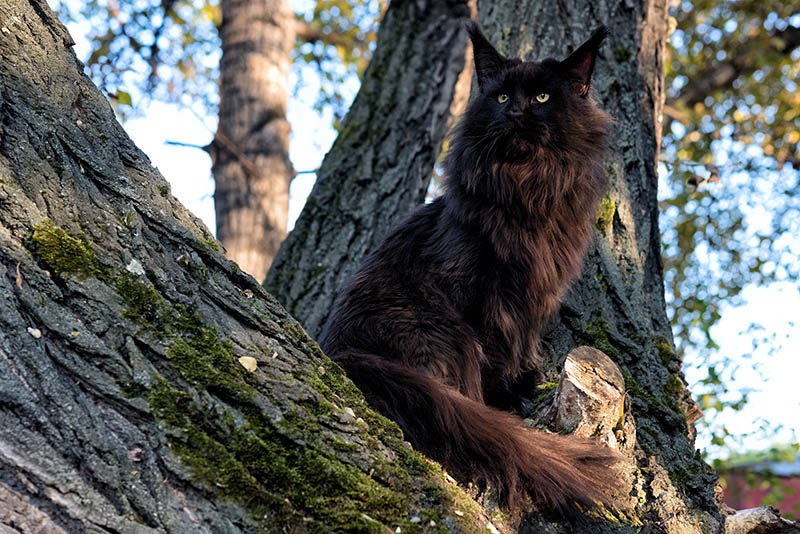
As one of the oldest natural cat breeds in North America, Maine Coons originate from the northeastern United States. These large, rugged felines were highly valued by early settlers for their superior hunting skills and adaptability to harsh climates. The breed’s ancestry is shrouded in folklore, with some stories suggesting that they descended from domestic cats that bred with raccoons or bobcats. More likely, the Maine Coon’s ancestors were introduced to North America by European explorers and traders, eventually developing into the distinct breed we know today.
Maine Coons are known for their impressive size and bushy tails. Their large, expressive eyes give them a captivating appearance, and they come in various colors and patterns.
Maine Coons are intelligent and curious animals, possessing a strong hunting instinct that can be traced back to their early days as skilled mousers. They adapt well to various environments, including indoor and outdoor living, and get along well with other pets.
| Age: | Unknown, one of the oldest natural breeds in North America |
| Rarity: | Common |
| Cost: | $400–$1,500 |
| Temperament: | Friendly, sociable, gentle giants |
| Stand-Out Features: | Impressive size, long bushy tails, tufted ears, large expressive eyes |
8. Norwegian Forest Cat
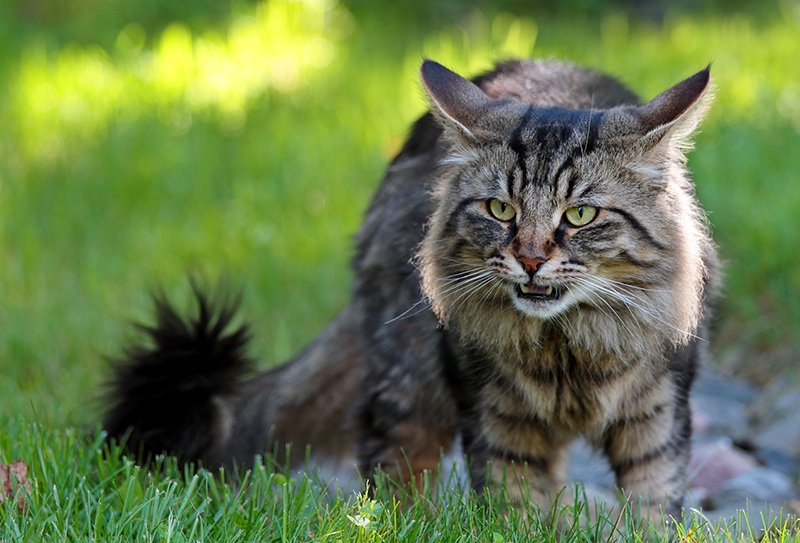
The Norwegian Forest Cat, also known as “Wegie” or “Skogkatt,” has its origins in Norway and is believed to be a natural breed dating back several centuries. These majestic felines were highly valued by Vikings for their excellent hunting skills and adaptability to harsh climates.
Norwegian Forest Cats are known for their large size, with males often weighing between 13–20 pounds and females typically ranging between 8–16 pounds. Their thick, water-repellent double coats and bushy tails provide insulation against cold weather, while their tufted ears and large, almond-shaped eyes give them a striking appearance. Norwegian Forest Cats come in a variety of colors and patterns, including solid, tabby, and calico.
Norwegian Forest Cats are intelligent and curious animals, possessing a strong hunting instinct that can be traced back to their early days as skilled hunters in the Scandinavian forests. They adapt well to various environments, including indoor and outdoor living, and get along well with other pets.
| Age: | Unknown, several centuries old |
| Rarity: | Moderate |
| Cost: | $600–$1,500 |
| Temperament: | Friendly, outgoing, sociable |
| Stand-Out Features: | Large size, thick water-repellent double coats, bushy tails, tufted ears |
 Conclusion
Conclusion
These ancient cat breeds have endured the test of time due to their unique traits and adaptability. Each breed has its own fascinating history and characteristics that make them special. Whether you’re intrigued by the elegance of the Turkish Angora or the gentle nature of the Chartreux, these old-world feline companions continue to captivate cat lovers around the globe.
Featured Image Credit: NOPPHARAT9889, Shutterstock


